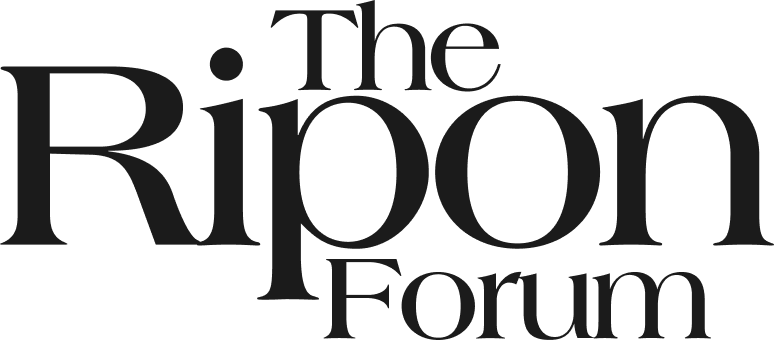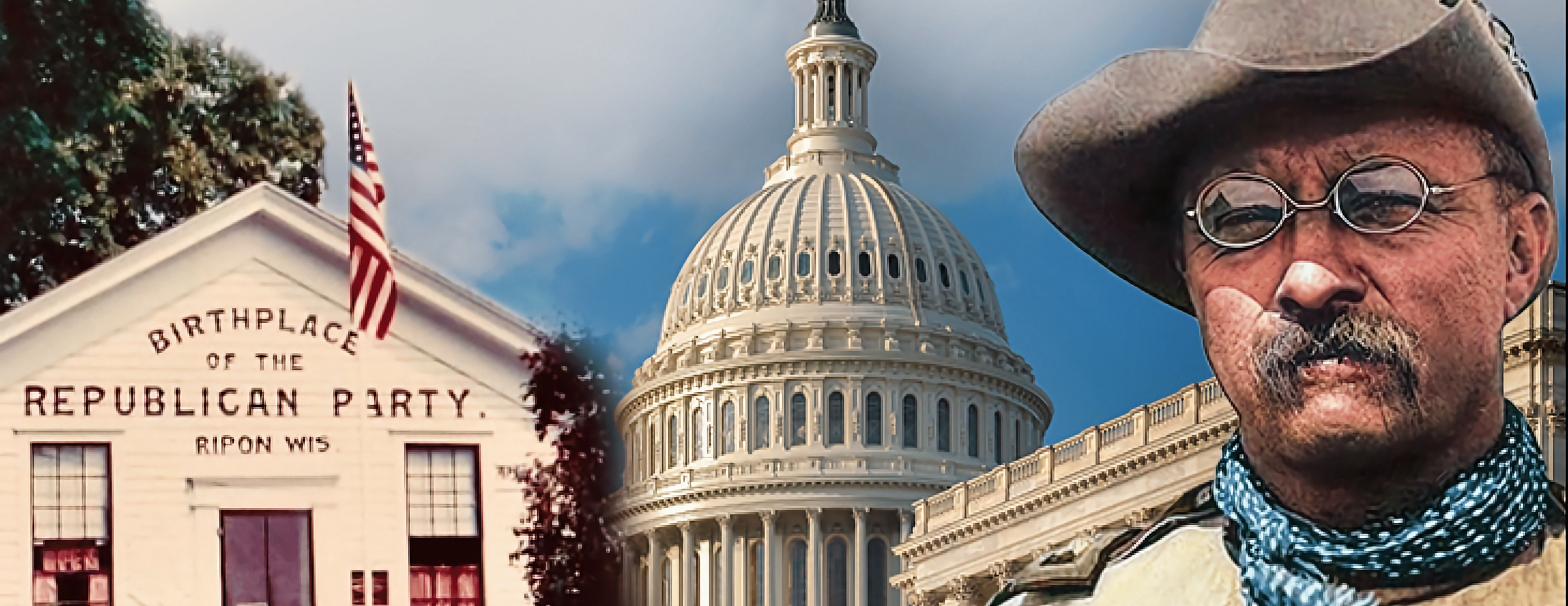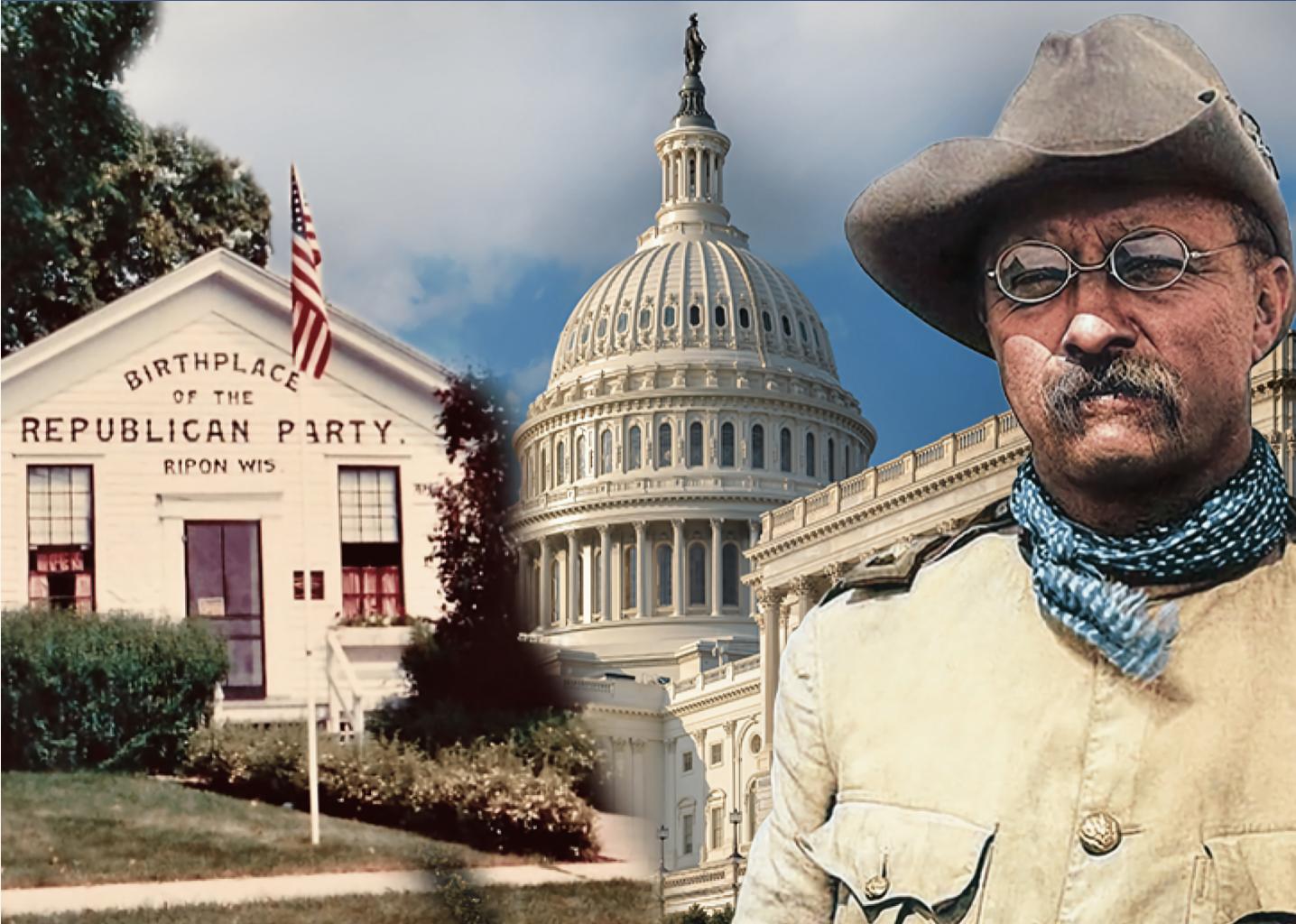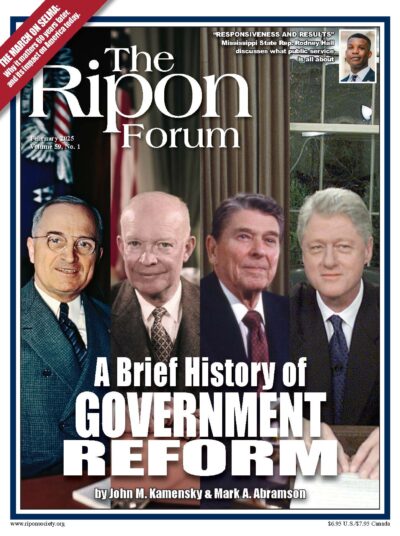
The flurry of executive orders and pronouncements in the early days of the Trump administration suggests that the administration finds few limits to its ability to act unilaterally. While the executive order proposing to end “birthright citizenship” got the most attention initially, the President has issued more than 50 such orders, and many of these have in common a desire to exert control over policies and processes, independent of action by the other two branches.
In addition to executive orders, the administration has taken several other steps consistent with a view of expanded Presidential power under what is called the “unitary executive” theory. Most notable among these other actions has been the removal of officials either as an act of retribution or simply to replace individuals with those more sympathetic to the priorities of the President. (The case of encouraging federal employees to resign by promising to pay them through September 30th seems clearly to be motivated by the latter.)
This exercise of strong executive powers flies in the face of the system of separated powers set up by the framers of the Constitution, which was a response to the tyrannical power exercised by the English king. President Trump is hardly the first President to chafe under the constraints of the separation of powers. Executive orders, in particular, are nothing new. Theodore Roosevelt issued more than 1000, and Franklin Roosevelt more than 3700. More recently, President Biden attempted to forgive student loans by executive order and declared that the Equal Rights Amendment had taken effect, even though clearly the requisite number of states did not ratify it prior to the deadline established by the proposed amendment.
This exercise of strong executive powers flies in the face of the system of separated powers set up by the framers of the Constitution, which was a response to the tyrannical power exercised by the English king.
The other two branches are not powerless if they want to check the President’s power. Congress can impose limits on what the executive may do through passing specific laws that impose restrictions on the executive when implementing these laws (these, of course, must be approved by the President). The courts can take action to prevent certain presidential actions from taking effect if they clash with either the law or constitution.
Perhaps most importantly, the administration has argued that it has the authority to fail to spend legally-provided funds. It appeared to test this initially by “pausing” all federal grant and loan spending on January 27th, but later rescinded this action after it was successfully challenged in court. This still leaves open the possibility that the executive branch will refuse to spend funds for programs that they do not agree with. Russell Vought, the OMB-Director designate, argued in his nomination hearings that he believed that the exercise of such authority, referred to as “impoundment”, was legal and constitutional.
Attempts by a President to wrest the “power of the purse” from Congress also has historical antecedents. Impoundment had its high point during the second Nixon administration, but the courts routinely ruled that the President is required to faithfully execute ALL of the laws, not just the ones that he agrees with. Subsequently, in 1974 Congress provided for a systematic procedure for the cancellation of spending authority, when it enacted the Impoundment Control Act. The law stated that the President could not refuse to spend funds unless Congress specifically cancelled the spending in question. The exception was in cases where the intended result could be achieved without the expenditure of the full amount provided.
Impoundments because of policy differences rather than for reasons of efficiency, therefore, are not permitted under the law. If the power to impound were to exist, it would effectively make negotiating with Congress unnecessary in cases where the President wants less spending than Congress, since the President could simply refuse to spend those funds after the fact.
The key question, in terms of the eventual success of these executive actions, is how the other two branches respond. Congress, especially when one or more houses is controlled by the same political party as the President, has been willing to allow most executive orders to stand. It has also compromised its own legitimacy through its failure to either perform its most basic functions (such as passing appropriation bills) or solve ongoing problems (such as immigration). It would be unprecedented, however, for Congress to sit idly by while the President takes the kind of full control of federal spending that is implied by an aggressive use of impoundments.
That brings us to the courts. Many of the executive orders have already been challenged, and a federal judge declared the executive order on birthright citizenship to be unconstitutional. As noted, the courts have historically not permitted policy-focused impoundments. However, constitutionality is increasingly a fluid concept, and the fact that the Supreme Court found that the President did not have such authority in the past is not necessarily a predictor of what might happen now. Of course, Congress could also acquiesce to the stated wishes of President Trump and repeal the Impoundment Control Act, but that would represent a kind of unilateral disarmament with respect to the power of the purse.
The kind of actions embraced by President Trump represents a potential massive shift of power from the legislative branch to the executive. This suggests that THE important question in the first year of the Trump administration will be exactly how much the administration will be able to sidestep the other two branches of government in its attempts to implement its priorities.
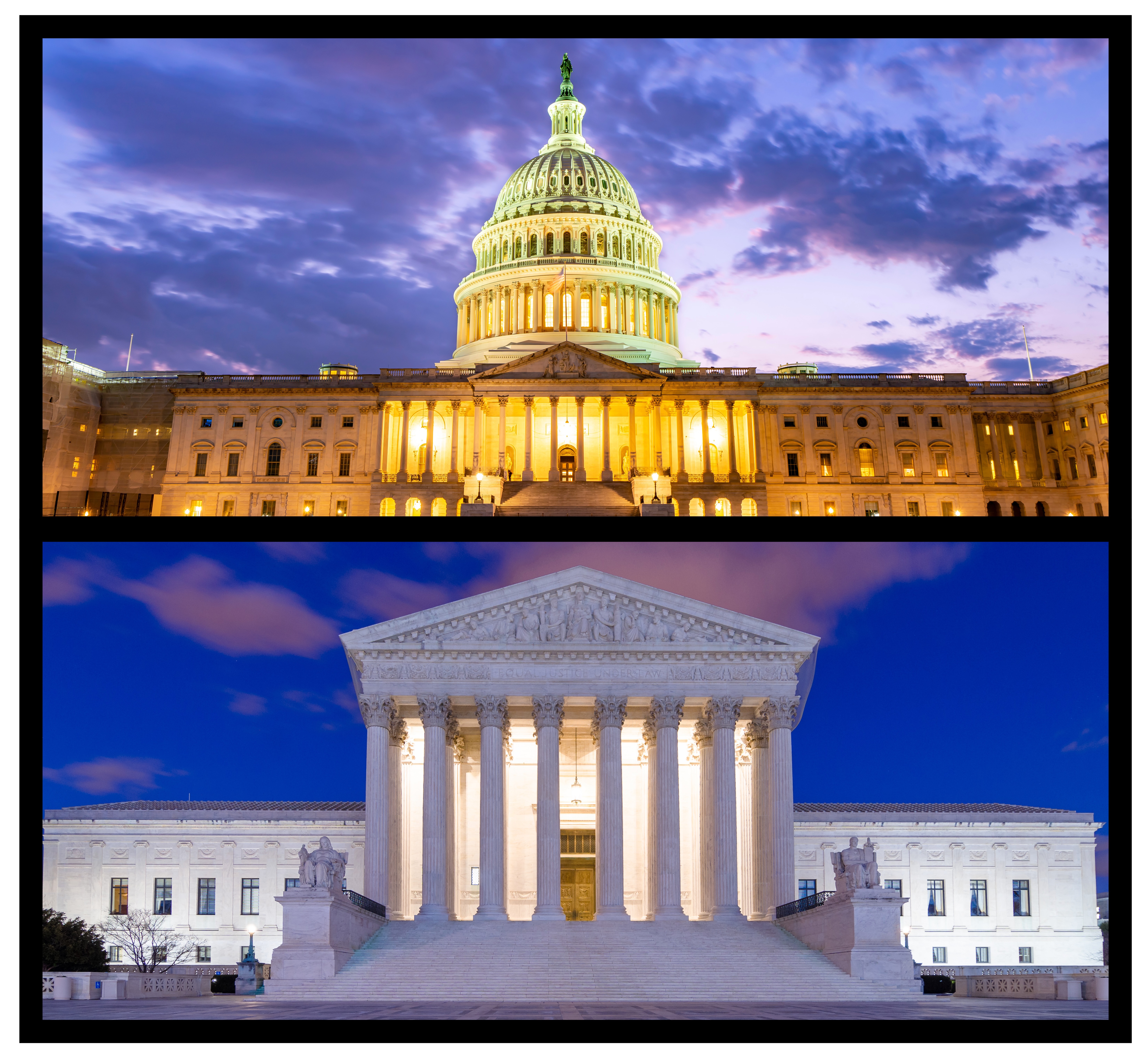
The important question in the first year of the Trump administration will be exactly how much the administration will be able to sidestep the other two branches of government in their attempts to implement their priorities.
In the end, the checks and balances envisioned by the Constitution ultimately only work if these other two branches play their prescribed constitutional roles. There is no particular indication that the Republican Congress has any intention to challenge President Trump’s actions, even though they will be weakening themselves in the process (to be clear, Democrats also tended to defer to Presidents Obama and Biden, but not to the extent of giving away their authority over spending). And the Supreme Court, which has a conservative bent, may continue to support the actions of a conservative President. These responses are short-sighted, however, as once power has been ceded to the executive, it may be difficult to get that power back, even in cases where the President is pursuing future policies that Congress and the courts do not agree with. In that sense, we may be witnessing a “high noon” moment for the separation of powers.
Philip Joyce is Professor of Public Policy at the University of Maryland’s School of Public Policy. He is the author of The Congressional Budget Office: Honest Numbers, Power, and Policymaking, two other books, and more than 50 publications focusing primarily on public budgeting and performance management. Dr. Joyce has 12 years of public sector work experience, including five years with the United States Congressional Budget Office.
